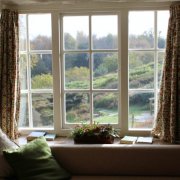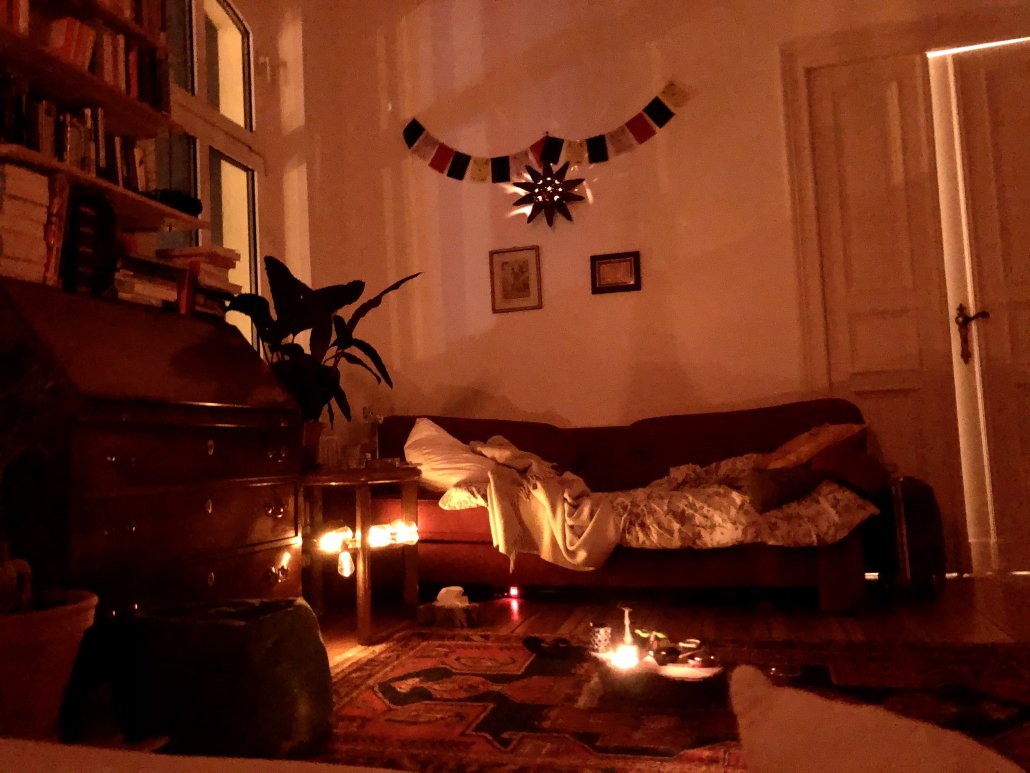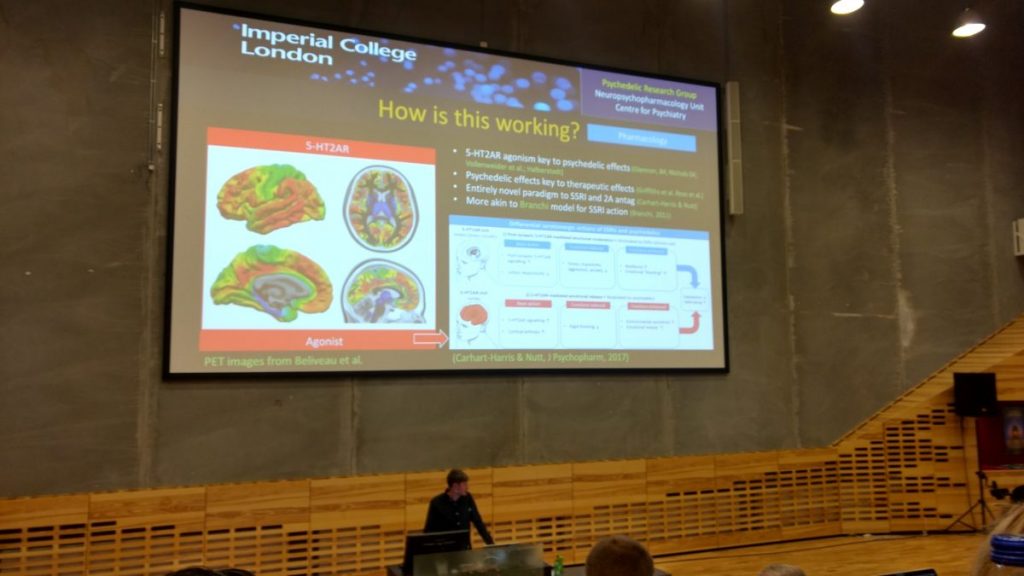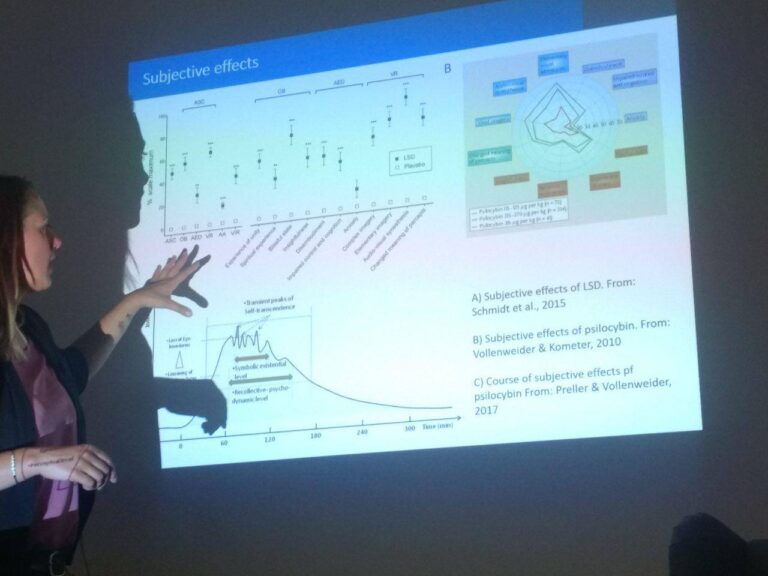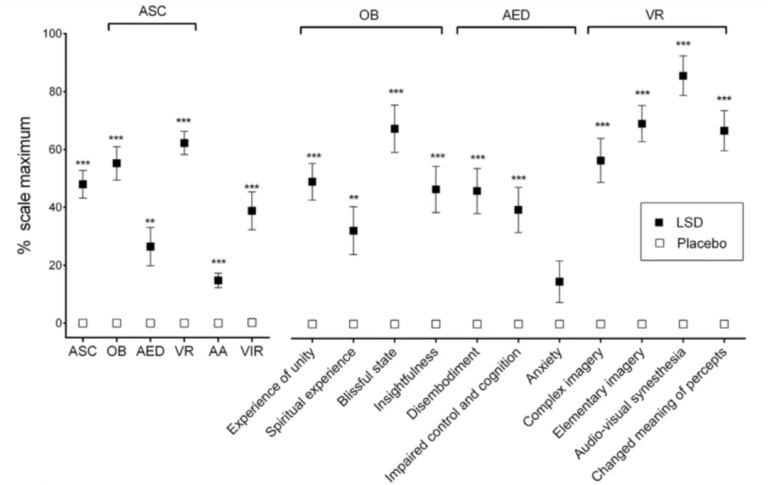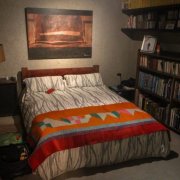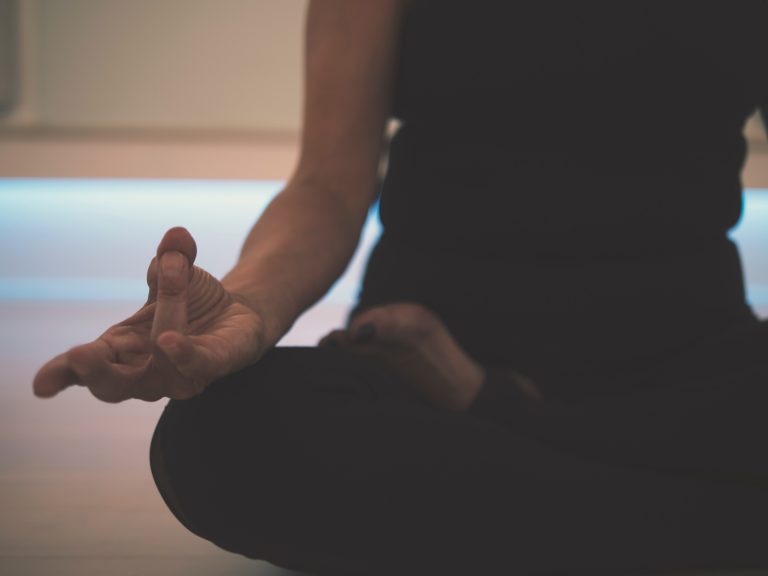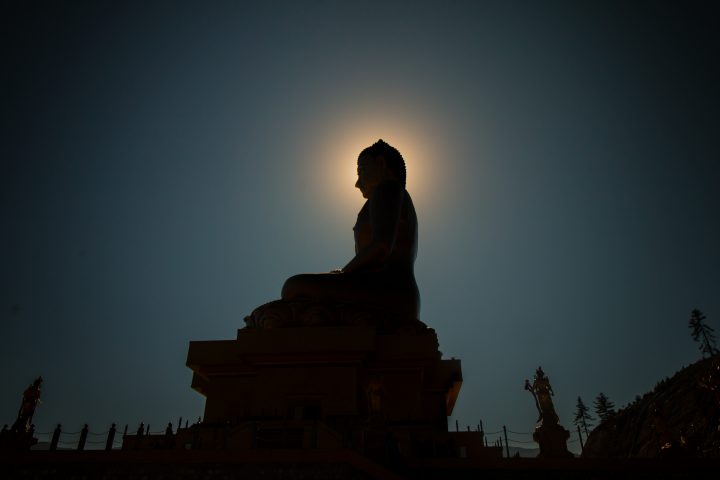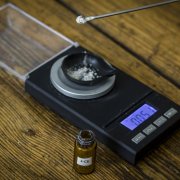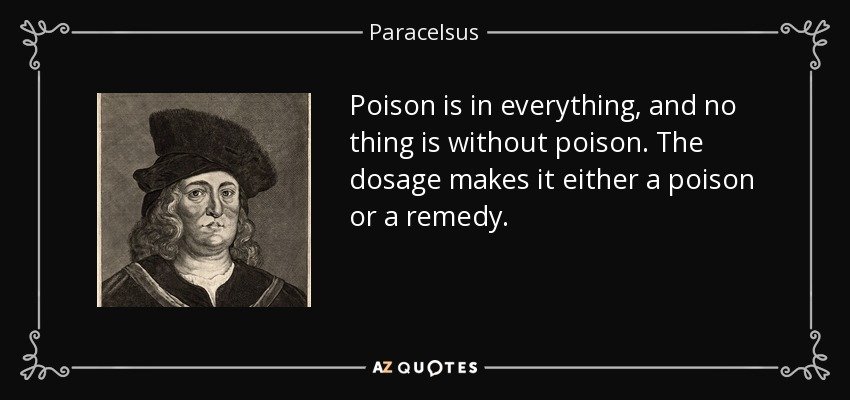Set and setting are two of the biggest contributors in how a psychedelic experience turns out. They are arguably as important as the dose and substance itself and together form the context for the experience.
Set refers to mindset; the persons inner state when they take the drug; their frame of mind, attitude and mood.
Setting refers to the physical environment of the experience. This includes for example; the location or room, the company or trip sitter, and the music.
Setting: The Environment for a Psychedelic Experience
This post will look at setting and why it should be considered carefully when planning a psychedelic experience.
Setting is part of the experience
The environment for any experience is the vehicle in which it is received and can actually be considered a part of the experience itself. As such, it should not be underestimated in terms of how much influence it can have.
Consider how a frame is used to change the experience of viewing a piece of art. Does it change the piece of art itself? Whether it has a frame around it or not, it is the same piece of visual information hanging on the wall. However, it changes how it is viewed and received. It is part of the experience.
Consider some other experiences and how much the environment or method of delivery influences the experience as a whole:
- The experience of being in a fancy fine dining restaurant vs. eating in as fast food joint. Consider how the experience is different before you’ve even eaten any food.
- Seeing a band play at a huge festival with thousands of people singing along, dancing and enjoying themselves vs. seeing a band play in a small half-empty room with a handful of disinterested people
- Taking a drink from a nice glass vs. from a cheap plastic bottle
Setting changes set
Setting can also influence the internal state of someone and their ability to do certain things. Imagine you have some work to do that requires your full focus and concentration.
Now imagine trying to do that work in a hot, noisy and crowded environment. Imagine trying to do it outside on a busy street on a hot day with direct sunlight pounding down on you.
Now imagine doing that work in a cool, quiet, and distraction-free room. Imagine being at home with an air fan to keep you cool, some noise-cancelling headphones playing brain.fm, and an accountability partner to check in with at the end of an hour of work.
Do you think you would have the same level of focus in each scenario? Would the results of the work be the same?
In the scenario of a psychedelic session, the setting can be considered to help one navigate their journey more successfully. It is like the difference between trying to steer a ship alone and being heavily distracted vs. trying to navigate a ship in peace with someone by your side to support you. Which is more likely to get you to your destination?
Setting & Mood
Setting can have a big influence on how one feels. Taking a psychedelic in a club surrounded by many strangers with loud music and flashing lights is going to be a very different experience to being in a room with soft soothing music, low lighting, a comfortable place to lay down, and a trusted friend. The second one will promote feelings of relaxation. In the context of a high-dose psychedelic experience, this can be very beneficial to help someone let go more fully.
Creating the setting can be considered as creating the atmosphere or the ambience for a session.
Factors to consider when creating a setting
- Sound
- Music
- Lighting
- Art
- Items/Decoration
- Altar
- Clothes
- Comfort
- Heat
- Airflow
- Smell
- Company
- Tripsitter
Themes to consider
- Comfort
- Privacy
- Peace
- Security
- Safety
- Simplicity
- Space
Cultural Context
The setting can also include the city or country in which you have your psychedelic experience. Factors include the legal status; could you go to prison or worse for taking a psychedelic substance, or is it totally legal? Also, what is the cultural context; the public opinion and media representation of psychedelics? An experience in New York will be very different to that of one in Peru and again likewise different to that of one in Amsterdam.
When planning a psychedelic experience consider not just the substance and dose but also think carefully about the setting. It is possible to have a meaningful experience on a lower dose if the set and setting are prepared accordingly and the experience infused with a kind of meaning. The effect of setting on an experience is magnified on psychedelics, and as such is worth careful consideration.

